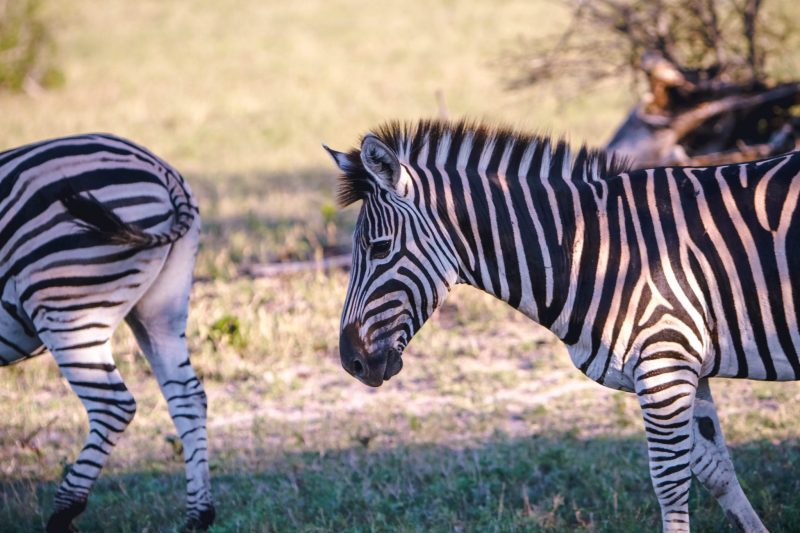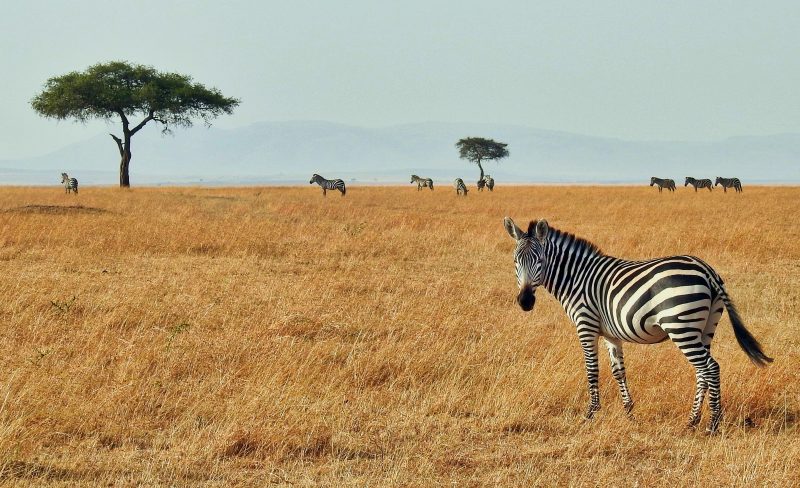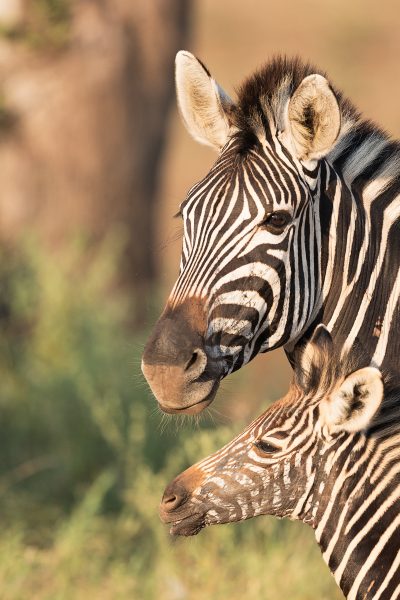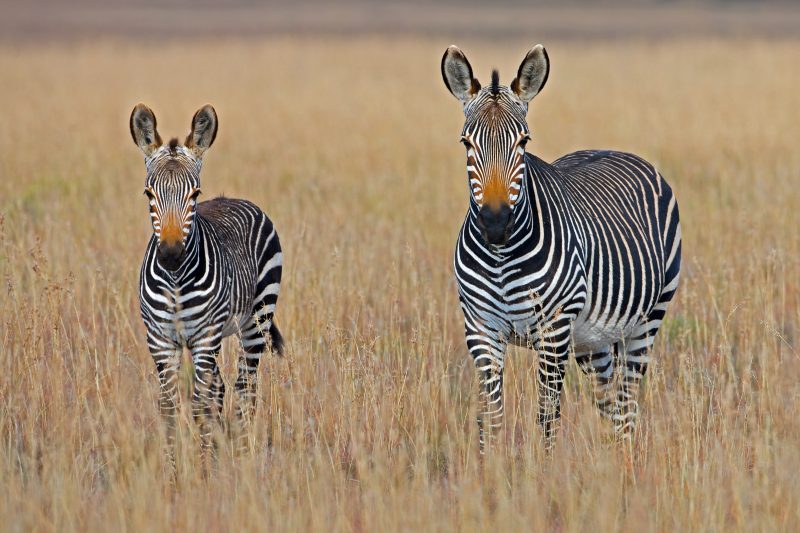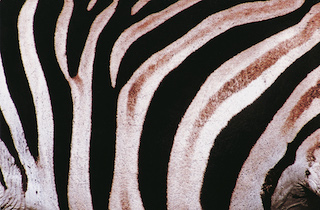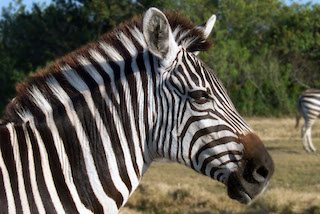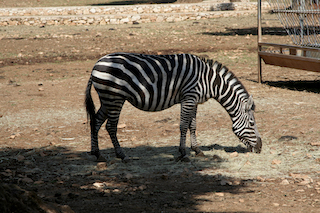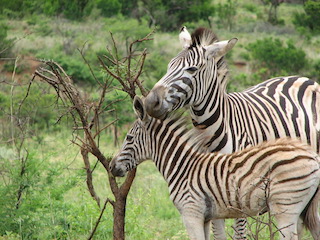Life Of Grevy’s Zebra
The largest of the three zebras is the Grevy’s zebra species. They possess the same body shape as others. They don’t form permanent herds. Associations only last for a few weeks or even days. The two most stable relationship they have are a mare’s attachment to its young and a stallion’s attachment to his territory. The lifespan of Grevy’s zebra is longer in captivity than it is in the wild.
Named after Jules
People often wonder how Grevy’s zebra got its name. In 1882, the then Emperor of Abyssinia considered the zebra so regal that he presented one to the President of France whose name was Jules Grevy. That led to the coining of the word Grevy’s zebra and the name stuck.
Home sweet home
Grevy’s zebra live in arid to semi-arid grasslands or acacia savannas where permanent water is available. They are predominantly grazers and occasional browsers. They can eat tough grasses that are inedible to other ungulates.
Establishment of territories
Grevy’s zebra has an open society where other males are tolerated within the area as long as they don’t interfere with the dominant male’s breeding activities. The stallions have the largest areas of all living herbivores, up to 10 square kilometers. They mark the borders of these boundaries with piles and heaps of dung. Males often sniff the markings of a female to determine if she is estrous. They mate with the mares that wander through territories in search of water and grass. Territorial males vocalize loudly to assert their dominance. They do this using several distinct pitches, by flattening their ears, baring their teeth, kicking, or biting other males. A territorial male is solitary except when mares arrive in breeding season. It retains his territory for up to 7 years. Bachelor males travel in groups of 2 to 6.
Cycle of birth
Females tend to conceive every two years. Births usually happen with the onset of rains. They peak in May/June and November/December. Pregnant females isolate themselves from the herd as birth approaches. Birth takes place lying down. The foals are born all ears and legs after 13 months inside their mothers. The young’s hoofs appear first with a full appearance in 8 minutes. The foal then frees itself from the amniotic membranes. It then crawls towards the mother’s head who licks it clean. The ritual is important in initiating maternal bond. They can stand after 6 minutes. They run after 45 minutes. At the time of birth, foals weigh around 80 to 125 pounds.
Growing up stage
They lactate until six to eight months. At this stage, imprinting occurs. An imprinted foal can recognize its mother’s distinct scent, vocalizations, and appearance. Instead of the black and white stripes of adults, foals are born with a reddish-brown or russet stripes. It gradually darkens to black as they age. Female foals disperse from their mothers at 18 months while male foals often stay for up to 3 years. Stallions play little role in caring for the young.
Regal anatomical features
Grevy’s zebra is tall, has a large head, robust neck, white belly, a black dorsal stripe, tan-colored muzzle, thick erect manes and large rounded ears. They appear mule-like. When Grevy’s zebra is alert and ready for action, it stands to full attention with its neck arched and muscles tensed.
Patterns of stripes
Their narrow vertical black and white stripes persist until above the hind legs. From there it forms a chevron pattern. The horizontal lines remain distinct up to their hooves. The bands on the tall, upright mane continue from the neck. Equally distinct is the broad black stripe along the back that is bordered by white color on the rump. The ears have one thick black stripe with white tips. There are several theories as to the function of the streaks. According to a school of thought, its equine ancestor was striped, but they lost it during the evolution of horses and asses. Charles Darwin opined that stripes are used as a camouflage device to keep them safe from predators. But that theory has recently been refuted.
Range of population
In the olden days, it was easy to find Grevy’s zebras in eastern African countries such as Ethiopia, Eritrea, Djibouti, Somalia, and Kenya. But today one can only see them in north-eastern and southern Ethiopia as well as central and northern Kenya. In Ethiopia, the current population of Grevy’s zebra is 126, which is a 90% decrease from 1,900 in the 1980s. It is presumed to be extinct in Somalia because it has not been sighted there since 1973. In Kenya, the current population estimates of Grevy’s zebras place the number at 2,319. The largest protected population of Grevy’s is in the Lewa Wildlife Conservancy in Kenya. There we are witnessing an increase in their numbers. After that, many conservancies have flourished in which management caters for both pastoralism and wildlife.
Competition for survival
Grevy’s zebras are no longer hunted for its beautiful skin or as trophies for export. Occasionally they may be killed for meat and other medicinal uses. But they face other major survival threats. Competing for water and food with rural people and their livestock remain a primary threat. The competition is due to habitat loss and degradation brought on by overgrazing by livestock and irrigation schemes in highland areas. Poorly regulated ecotourism may also affect breeding within protected areas.
Water for survival
Grevy’s zebra can go without drinking water for up to 5 days. But lactating moms must drink every other day to maintain milk production. Due to land degradation, the lactating mares have to make increasingly long journeys to male dominated territories for water. Such frequent trips affect breeding rates and result in high foal mortality. When resources become scarce, females may not come into oestrus. Hence, depleting resources is also one of the major threats to the species.
Measures for survival
Scientists are working with local communities to reverse the sharp population decline. Conservation initiatives aim to recover this through tracking their movements, monitoring its condition, and determining the causes of mortality. Other recommended actions include protection of water supplies involving the local communities in decision-making. Better management of resources would also benefit the species.
Efforts yield results
We have seen some progress. Kenya and Ethiopia upgraded its status from game animal to protected animal. Hopefully, field conservation efforts along with captive breeding programs should yield results. The long-term aim is to reintroduce Grevy’s zebras to areas of their former range thereby reducing the extinction threat.
5 Frequently Asked Questions About Grevy’s Zebra
To receive a colourful digibook about Zebra with videos, images and text, please fill out the following form or simply email us on safaris@safari-center.com

